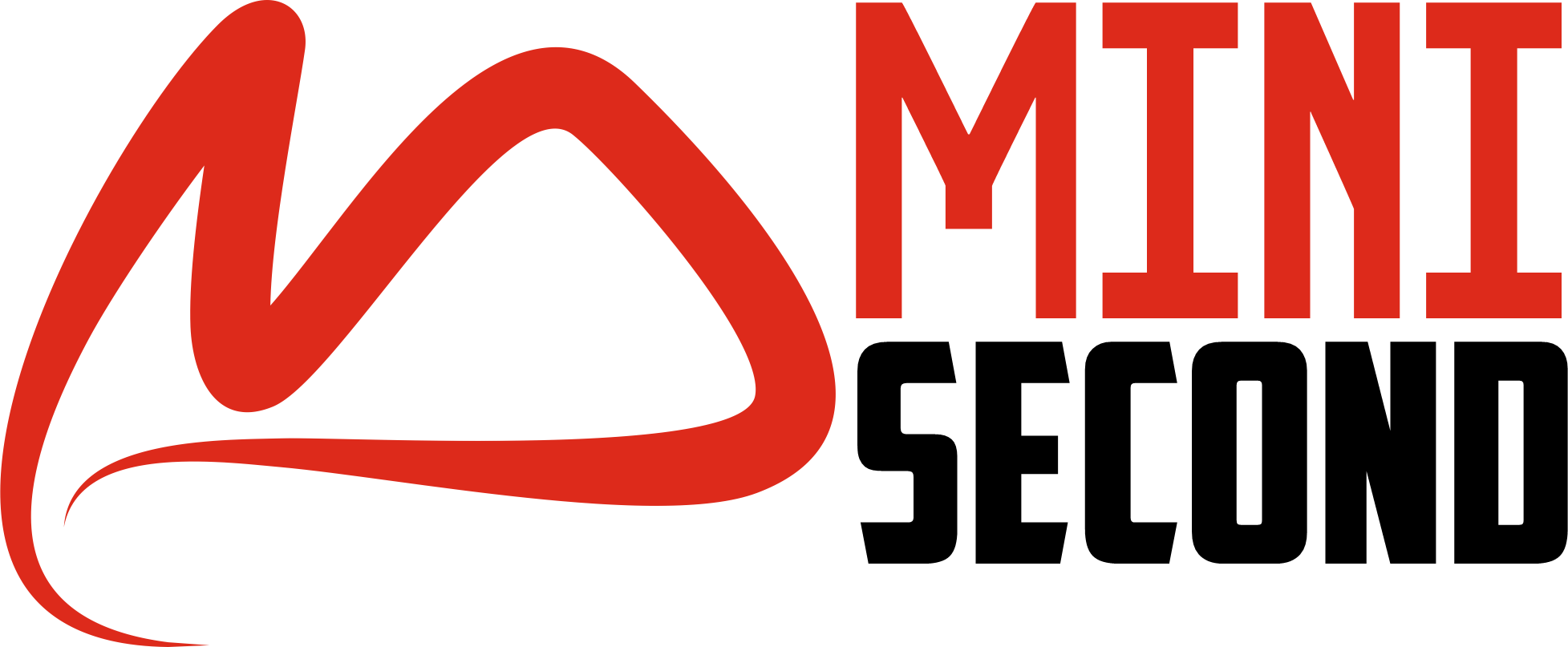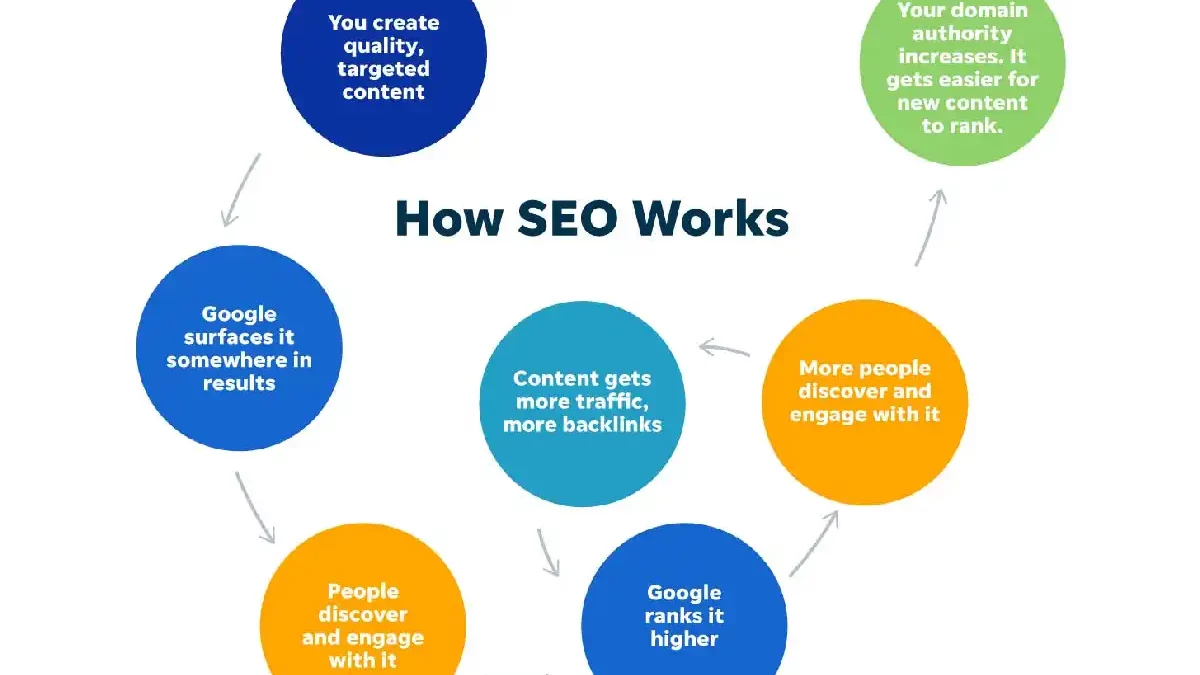how seo works – SEO stands for Search Engine Optimization. This is the set of optimization strategies and techniques that are carried out on a web page so that it appears organically in Internet search engines such as Google, Yahoo or YouTube. The correct application of SEO can cause expressive increases in traffic and the visibility of brands on the Internet.
One of the biggest goals of companies that invest in Digital Marketing is to reach the top positions in hunt engines — after all, who doesn’t poverty free clicks and more visitors to their site?
But in a field as fierce and competitive as the Internet, making your website stand out among the millions of pages on the net seems like an impossible task. And I say that it seems because in realism it is not.
However, being on the Internet is not sufficient to guarantee that your site, e-commerce or blog achieves a place on the first sheet of Google: it is necessary to capitalize in a specific plan to optimize the results and ensure that your business achieves good positioning. web for the most important keywords in your segment.
how seo works
With SEO or Search Engine Optimization — Search Engine Optimization — you can make your website appear in relevant searches, joining your content with people who are looking for crops or services like the one you offer.
It’s the perfect operation!
But you should know that doing SEO wants a lot of study to understand terminology, build strategies and smear practices that will take you to the top of the Google results pages .
Don’t worry! Whether you want to revenue your first steps in the world of hunt engine optimization, or you want to revive your knowledge, in this complete SEO leader we will explain everything you need to know on the subject.
In this article you will find:
- What is SEO (Search Engine Optimization)?
- 7 advantages of implementing an SEO strategy
- What types of search are there?
- What is Google Update?
- How to put together a good SEO strategy and conquer the top of Google?
- What is On-Page SEO?
- What is off-page SEO?
- How does technical SEO work?
- What is local SEO?
- What is SEO in Social Networks?
- SEO success stories
- conclusion and bonus
Read carefully and become a specialist in web positioning!
What is SEO (Search Engine Optimization)?
SEO is the acronym for Hunt Engine Optimization, which means “search engine optimization”. It consists of a series of optimization techniques, disciplines and strategies that are applied on the pages of a website or blog to recover its search engine positioning.
This Marketing strategy is essential for your corporation to gain importance, visibility in the digital world and, consequently, more leads , customers and billing for your commercial.
How?
Optimizing sites and blogs finished the use of systems to improve the web positioning of your pages and placing your company in the first fallouts of Google, for example, increase (and a lot) your business opportunities.
After all, 90% of persons who search on Google only click on the fallouts that appear on the first page of the engine.
The main objective of SEO, therefore, is to upsurge the volume of organic traffic and ensure more visibility for web pages.
What is the variance between SEO and SEM?
We fix not poverty to leave out of this article a topic that reasons a lot of confusion among experts who are starting out in the biosphere of Digital Marketing and this is the difference amid SEO then SEM.
Although at first they may appear to refer to like actions given the similarity of their abbreviations, you should pay close care because they refer to completely different actions. Let’s see one by one.
SEO = Organic positioning
As you already know, SEO refers to all those actions that you can income inside or outside your website to enhance its positioning in search engines organically. This last opinion is key since organic means “no payment” .
With an SEO strategy you don’t pay Google or any other hunt engine to gain positions in the SERP. It is your valuable content and your optimizations that earn those places in their own right.
SEM = paid positioning
On the contrary, SEM —Search Engine Marketing— refers to those plans that include the use of paid advertisements.
That is, with a SEM strategy, you create an advertising campaign so that when a user types a search, your site appears before the organic results in the form of an ad, as long as it matches the user’s search intention.
Which to choose?
A complete Digital Marketing strategy should not opt for one and exclude the other. That is, you must include in your strategy a combination of SEO and SEM strategies to increase your results .
With the use of SEM, results are generated instantly in a short term, necessary when you want to increase visibility or brand recognition quickly or when you want to launch products or promotions for a limited time.
In addition, SEO is a strategy that works in the medium and long term, constantly bringing better quality visits.
If you want to expand this matter further, we recommend you read our article on SEO vs. SEM .
But what are the advantages of this SEO strategy and how efficient can it be? Here we present the main ones.
7 advantages of implementing an SEO strategy
1. Increases the visibility of a brand
Implementing an SEO strategy is one of the best ways to increase your brand visibility organically.
Imagine the following scenario: your business is in charge of selling washing machines. A user, let’s call him Pedro, is having problems with his washing machine, so he googles how he can fix it himself.
Coincidentally, you have an article that shows a step by step to repair washing machines, so you get that visit to your website.
And although the article talks about repair and not about sale, this is only the beginning of a customer relationship with your brand. It is what in Inbound we know as the attraction stage.
2. Attract qualified traffic
Like Pedro, many other users will come to your content to answer their questions or find solutions to their problems.
With the creation of valuable content, optimized for search engines, your website will be able to organically attract the leads you are looking for, at the right time.
In this way, the more visitors you receive, the more people will know about you and the more likely you are to close a sale, which brings us to the next advantage.
3. Generate leads
Imagine that, although Pedro repaired his washing machine, he definitely needs to change it, as it continues to present other faults.
As Pedro already knows your brand, thanks to the fact that he has found the solution to his questions in your articles, surely he will already trust your business and will think of you, as his first option, to buy his next washing machine. This is the decision stage in the Inbound methodology.
4. Position a brand as an authority in the market
Continuing with our example, in Pedro’s mind and in that of many other users like him, your company will occupy their Top of Mind , that is, it will be the first brand that comes to mind after they think of washing machines.
SEO allows you to achieve this by facilitating correct indexing and improving the organic positioning of your content.
Thus, whenever Pedro or anyone else searches for information about washing machines, your website will be the first to appear, or at least, the result they are looking for.
In this field, a concept that has been highlighted is that of EAT (Expertise, Authoritativeness, Trustworthiness), an acronym used to represent the three fundamental elements of quality content.
Google has recently looked favorably on content published by authors who have recognized technical authority and credibility on the respective subject.
For example, on a disease content website, you might want to have articles written by doctors, with an author page containing information about their professional history.
5. Educate the market
Users like Pedro have surely been educated with your articles on the operation, care and maintenance of their washing machines.
Likewise, they have managed to understand what are the specifications they are looking for with their washing machine, according to their personal needs.
As you can see, the importance of positioning content lies not only in closing sales, but also in educating the audience to make better decisions.
6. Win over the competition
Finally, if it is your brand that produces the most complete and relevant content on washing machines, who do you think users will look for when they want to know something about washing machines? Who will they trust if they need to make a purchase?
Although it takes time and a lot of work to implement an SEO strategy, in the long run it generates constant and lasting results.

